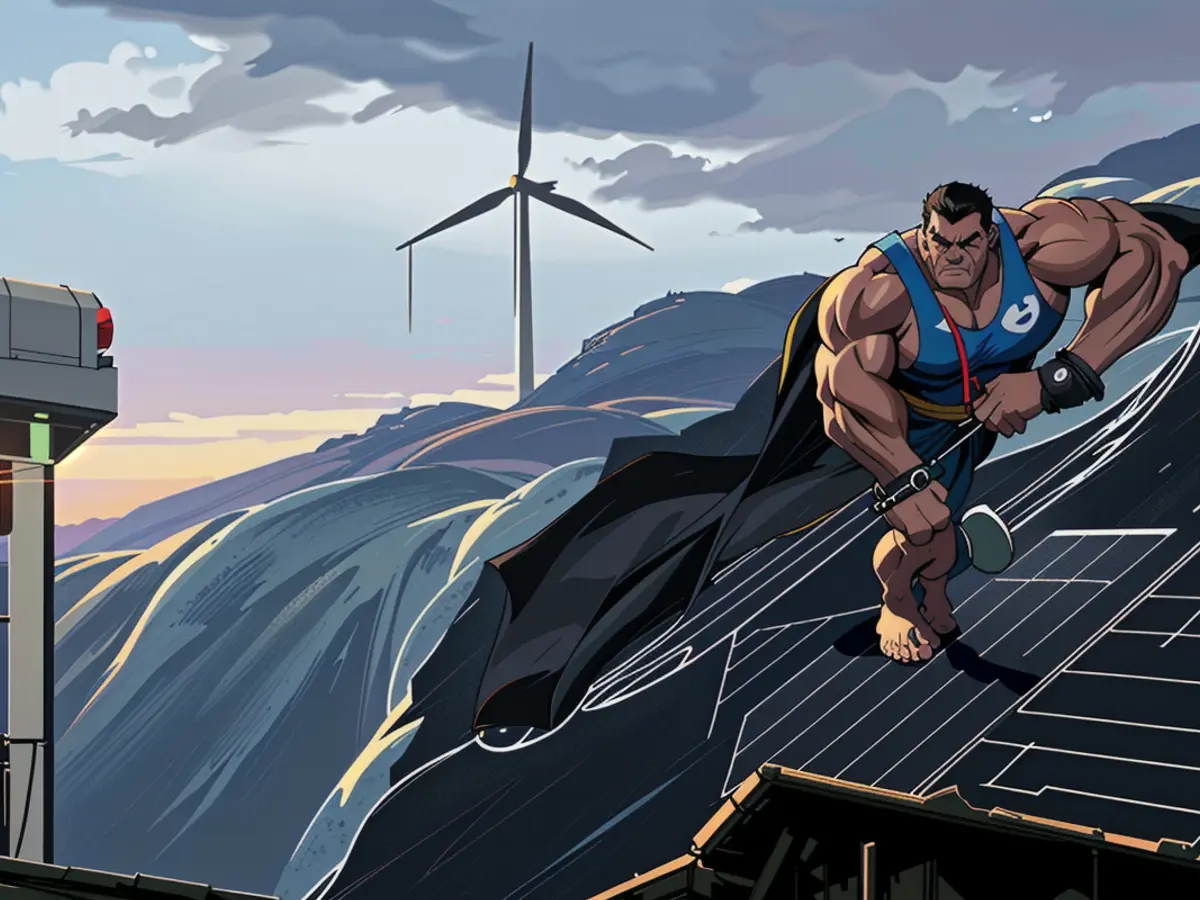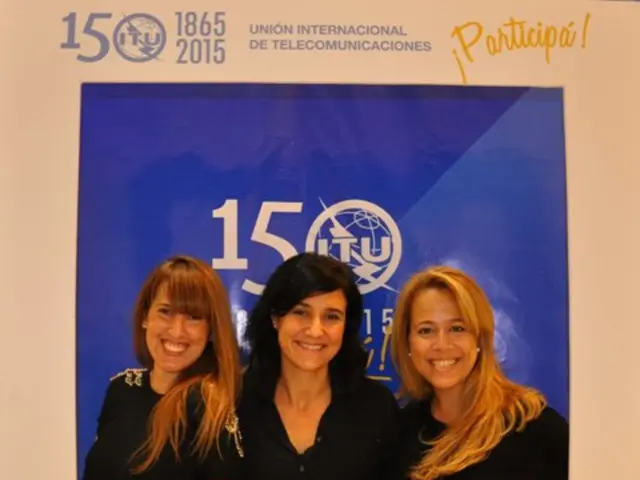Title: Half of Europe's Power Comes from Eco-Friendly Sources
The EU has been making impressive strides in the realm of renewable energy, as highlighted by the Green Deal. Last year, we saw a significant boost in the use of solar energy, with it surpassing coal power for the first time and accounting for around 11% of the EU's electricity generation. This is a significant leap from the 9.3% share in 2023 and reflects a decline in coal usage, which has been on a downward trend since peaking in 2003.
According to insights from Ember, coal-fired power plants supplied less than 10% of the EU's electricity in 2024, a drastic drop from its historic prominence. This shift towards renewables has also brought about economic benefits, with the EU saving nearly $62 billion on fossil fuel imports since 2019.
The decline in coal and gas consumption has also reduced the EU's reliance on imported fossil fuels, enhancing energy security and bolstering the economy. Solar and wind energy combined now make up 29% of the EU's electricity generation, indicating a substantial rise in clean energy sources.
The EU is on track to meet its 400 GW target of installed solar capacity this year and aims for 750 GW by 2030, which seems within reach if current growth rates are maintained. To sustain solar growth, the EU needs to focus on accelerating clean flexibility and smart electrification, including the use of smart meters and batteries to align renewable energy supply with demand.
Despite the progress, the EU still faces challenges. For instance, to reach its solar panel production self-sufficiency benchmark of 40% by 2030, it may need to grapple with potential delays and increased panel prices. Timely policy action is crucial to sustain wind and solar growth, accelerate the deployment of clean flexibility, and promote electrification to secure the future of EU competitiveness.
All in all, the EU's commitment to reducing carbon emissions and transitioning to greener energy sources is paying off, with solar energy playing a pivotal role in this transformation.
The EU is actively investing in offshore wind power, aiming to increase its capacity by at least 30 gigawatts by 2030. This shift towards offshore wind power can further decrease the EU's reliance on fossil fuels and contribute to its renewable energy goals.
Offshore wind power projects, like the Baltic Eagle in Germany, demonstrate the EU's commitment to a diverse and robust renewable energy portfolio, which includes solar and wind energy.






